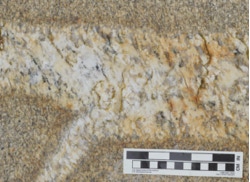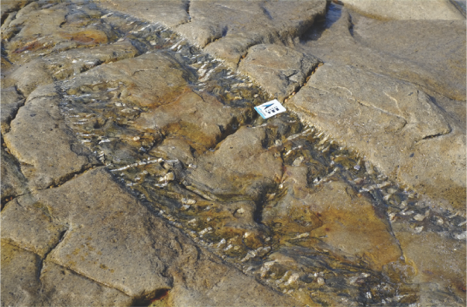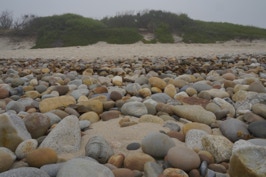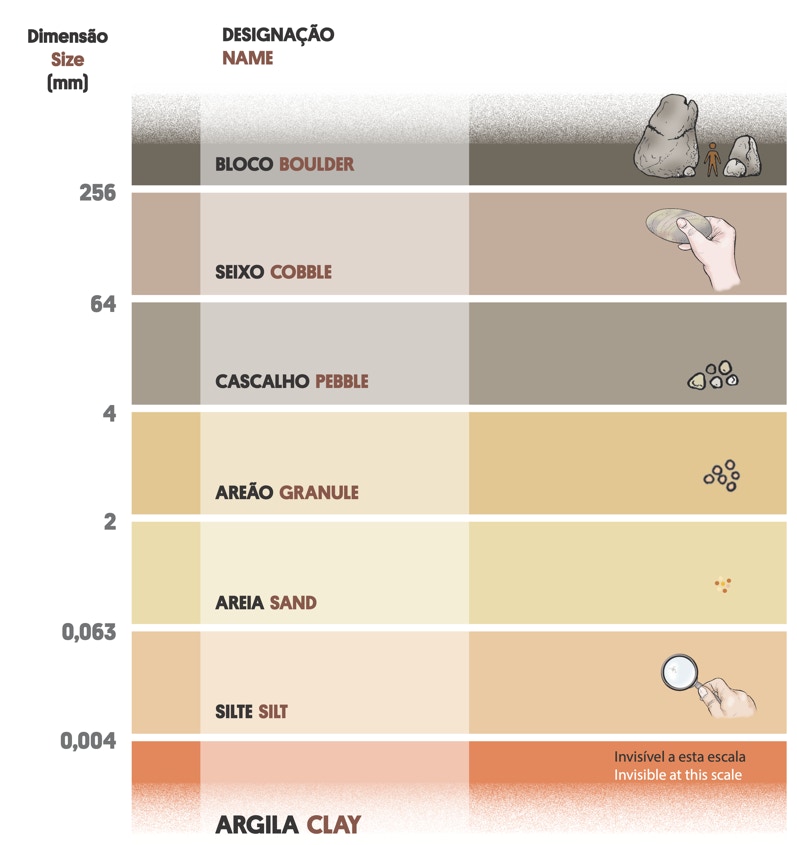
In this Natural Monumental, you can see all
these types of rocks.
Igneous or magmatic rocks

Igneous or magmatic rocks originate from magma cooling and solidification (examples: granite, syenite, basalt).



Lithium is a chemical element found in minerals like spodumene. It is widely used in the production of batteries for vehicles, mobile phones, computers, etc.
Sediments are fragments of minerals and pre-existing rocks, shells, and other remains of living beings. The compaction of sediments like sand and gravel originates sedimentary rocks, such as sandstones and conglomerates.


Metamorphic rocks

Metamorphic rocks result from the transformation while in the solid state of any type of rock under high pressure and temperature (examples: marble, schist, quartzite).

Sedimentary rocks and sediments

The Earth’s crust is the outermost layer of the planet with a thickness of 10 to 70 km. It is composed of igneous, metamorphic and sedimentary rocks.


See how many different
types of rocks
and minerals you can find in this Natural Monument.

The coast is constantly changing! In this Natural Monument,
rocks and sediments record natural changes in climate and sea level.




Rocky platforms

Beaches

Rocky platforms are surfaces flattened by wave erosion. In addition to the current platform that is being worked by the waves, higher surfaces were formed when sea level was higher.
Dunes
Beaches are flat areas near the coast where sediments that are carried by marine currents and wind accumulate. Usually, larger sediments are heavier and more difficult to transport. Over time, with the natural variation of climate, a beach can alternate between sand and pebbles.
During the last centuries, these dunes were formed when beach sand was transported by the wind. Today, they are covered by vegetation.
Sheltered beaches are more likely to accumulate sand. Over time, with the natural variation of climate, a beach can change between sand and pebbles.

Larger sediments remain near the coast where seawater agitation is more intense. Smaller sediments are transported and deposited at greater depths where conditions are quieter.
Sediments are named according to their mean diameter. For example,
sand can have a diameter between 0.063 and 2 mm.

Find out sediments with these sizes on the beach!









